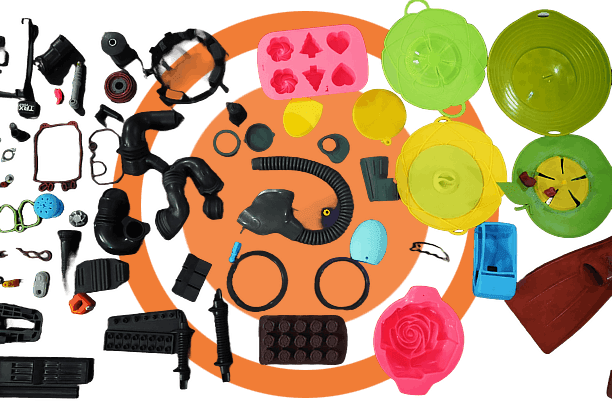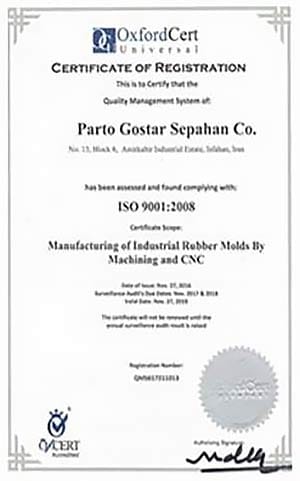Compression Rubber Mold
Compression Rubber Mold (Compression Molding) is one of the most widely used methods for producing various rubber products. In this process, the rubber material is placed into a mold and shaped under pressure. This article explains the stages of rubber molding using the compression method.
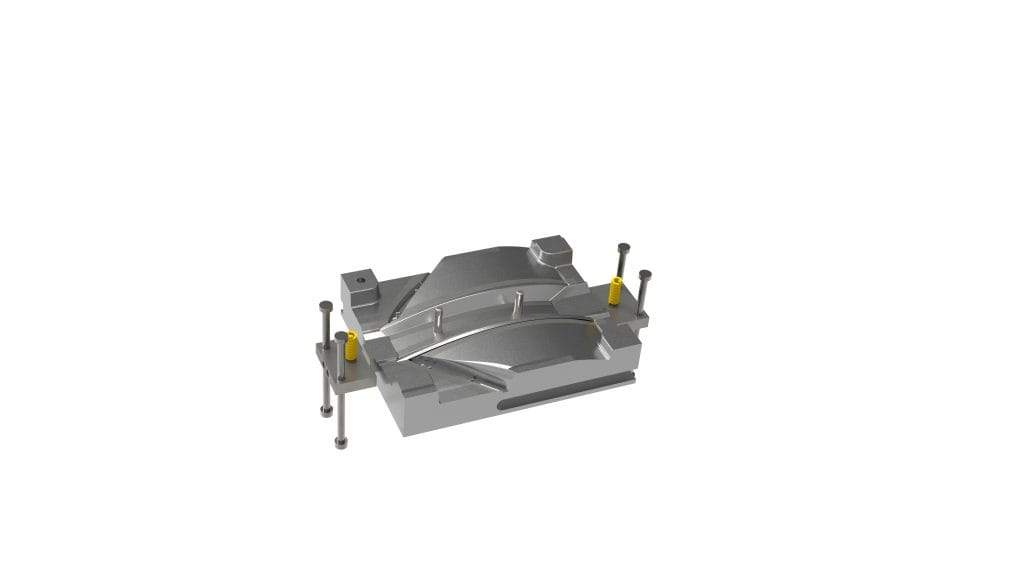
Advantages of Compression or Pressure Molding
Compression rubber molding is one of the widely used and cost-effective methods for producing various rubber products. Some of the advantages of this method are as follows:
Ability to produce a variety of products: This method easily allows the production of different rubber products. By changing the molds and the rubber materials used, products of various shapes and sizes can be manufactured.
High quality: Compression rubber molding, due to the high pressure applied to the rubber material, results in better shaping and higher product quality.
Temperature and pressure control: In this method, both temperature and pressure are controllable, allowing the manufacturer to optimize the production process and improve product quality.
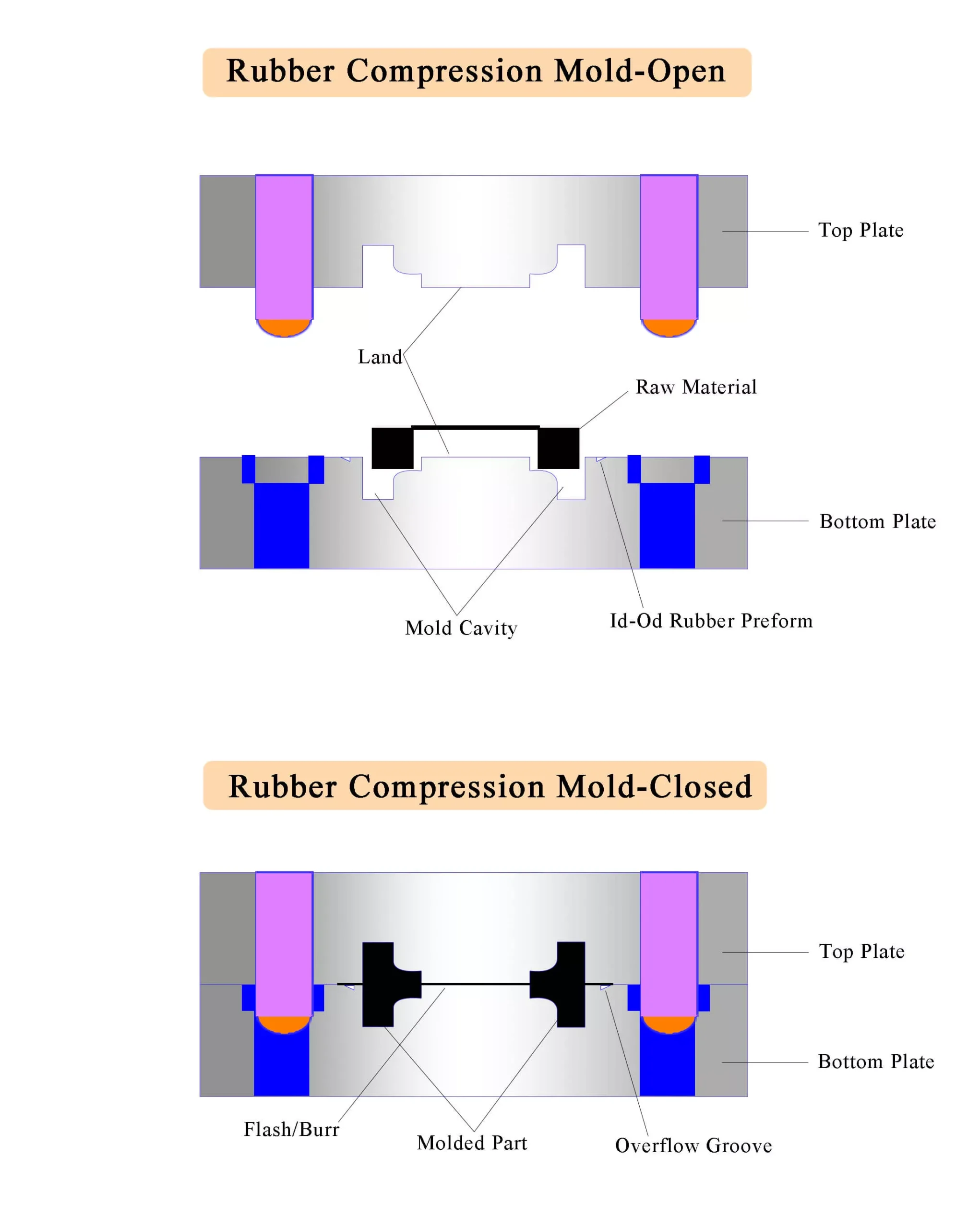
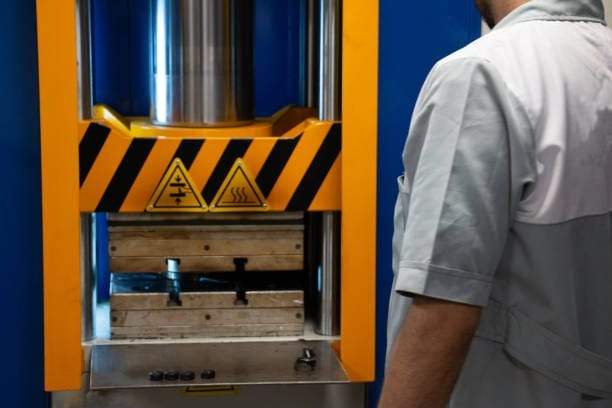
Compression rubber molding is used in many industries, including automotive, electronics, construction, and medical industries.
Therefore, considering the advantages mentioned, compression rubber molding is one of the important and widely used methods in the rubber products manufacturing industry.
Stages of the Compression Rubber Molding Process
- Preparing the rubber material and cutting it to the appropriate mold size.
- Placing the material in the open mold.
- Closing the mold and applying the specified pressure and heat.
- Maintaining pressure until the part takes its final shape.
- Opening the mold and removing the finished part.
Common Issues in Compression Molding
- Air bubbles or surface defects (Voids / Surface Defects): Caused by uneven material distribution.
- Excess flash (Excess Flashing): Caused by excessive pressure or improper mold design.
- Incomplete mold filling (Incomplete Filling): Usually occurs due to low temperature or incorrect pressure time.
These issues can be minimized with precise mold design and proper control of pressure and temperature parameters.
Applications of Compression Molds
- Automotive industry: Production of gaskets, bumpers, O-rings, and large rubber parts.
- Electronics industry: Manufacturing heat-resistant and insulating parts.
- Household and industrial equipment: Producing rubber parts for home appliances, machinery, and tools.
- Medical industry: Manufacturing durable, dimensionally stable parts for medical equipment.
Difference Between Compression Molding and Injection Molding
- Mold cost: Compression molding is cheaper, while injection molding is more expensive but suitable for high-volume production.
- Production speed: Injection molding is faster; compression molding is better for medium production and large parts.
- Part accuracy: Injection molding offers higher precision; compression rubber molds are acceptable for large and complex parts.
Conclusion
Compression rubber molding is a suitable method for producing large, complex, and durable parts at a lower cost. This technology allows various industries to manufacture reliable, high-quality components and is an ideal choice for medium and large-scale production.






